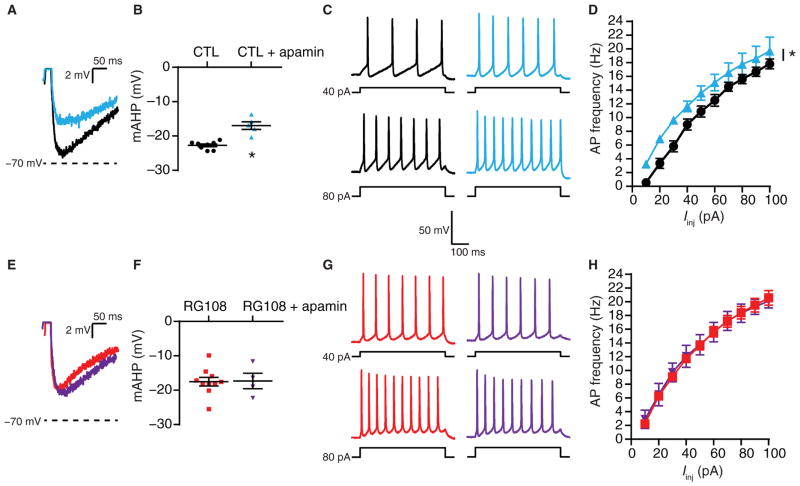Fig. 7. Bath application of the SK channel blocker apamin is ineffective after DNMTi.
(A) Representative recordings of single APs from pyramidal neurons exposed to 24-hour CTL or 24-hour CTL + bath application of apa-min, overlaid to show the mAHP amplitude relative to −70 mV. (B) Graph of mAHP amplitudes after CTL or CTL + apamin (CTL, n = 8 cells; CTL + apamin, n = 5 cells). *P < 0.05, Student’s t test. (C and D) Representative evoked voltage responses (C) and mean firing rates (D) of neurons after CTL or CTL + apamin (CTL, n = 18 cells; CTL + apamin, n = 5 cells). *P < 0.05, RM-ANOVA. (E) Representative recordings of single APs from neurons exposed to 24-hour RG108 or 24-hour RG108 + bath application of apamin. Scale is the same as in (A). (F) Graph of mAHP amplitudes after RG108 or RG108 + apamin (RG108, n = 10 cells; RG108 + apamin, n = 4 cells). (G and H) Representative evoked voltage responses (G) and mean firing rates (H) of neurons after RG108 or RG108 + apamin (RG108, n = 19 cells; RG108 + apamin, n = 4 cells). (B, D, F, and H) Graphs show means ± SEM from cells pooled from at least three experiments for each condition.

